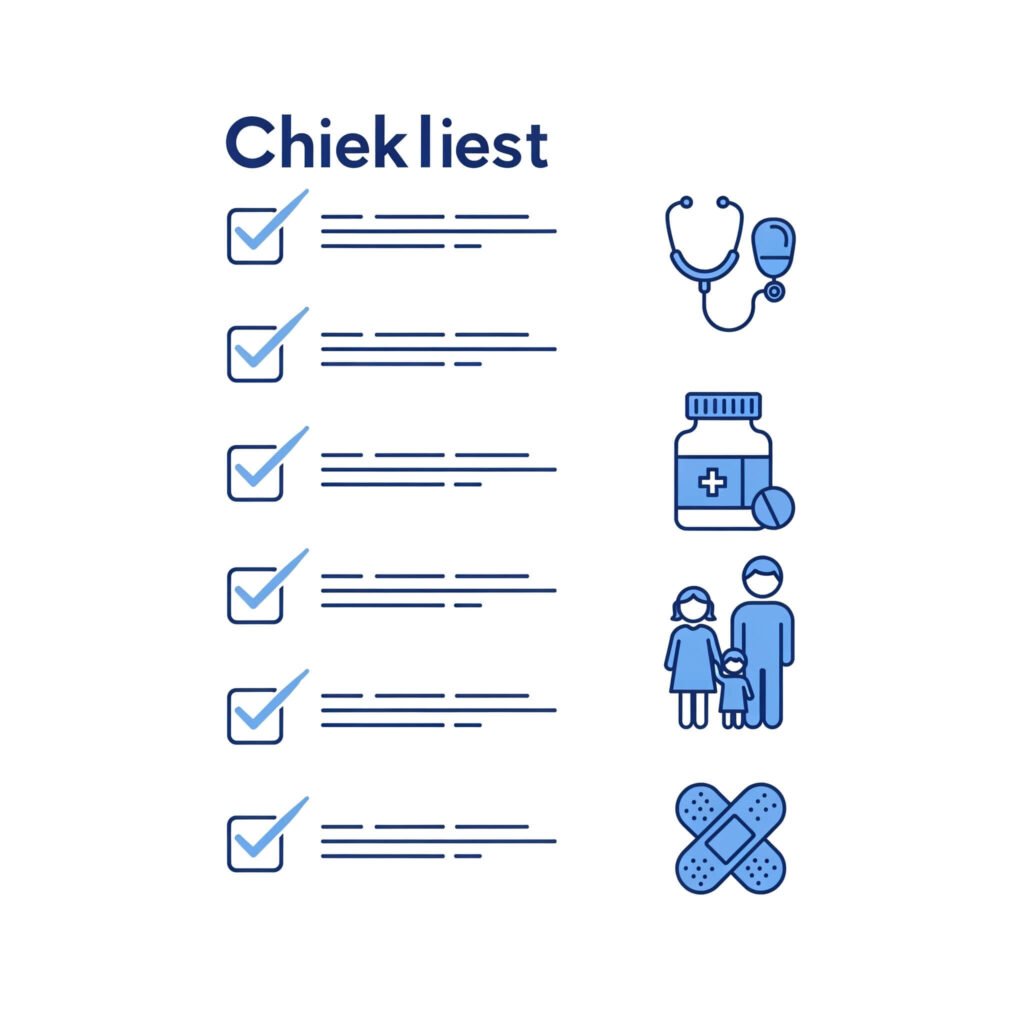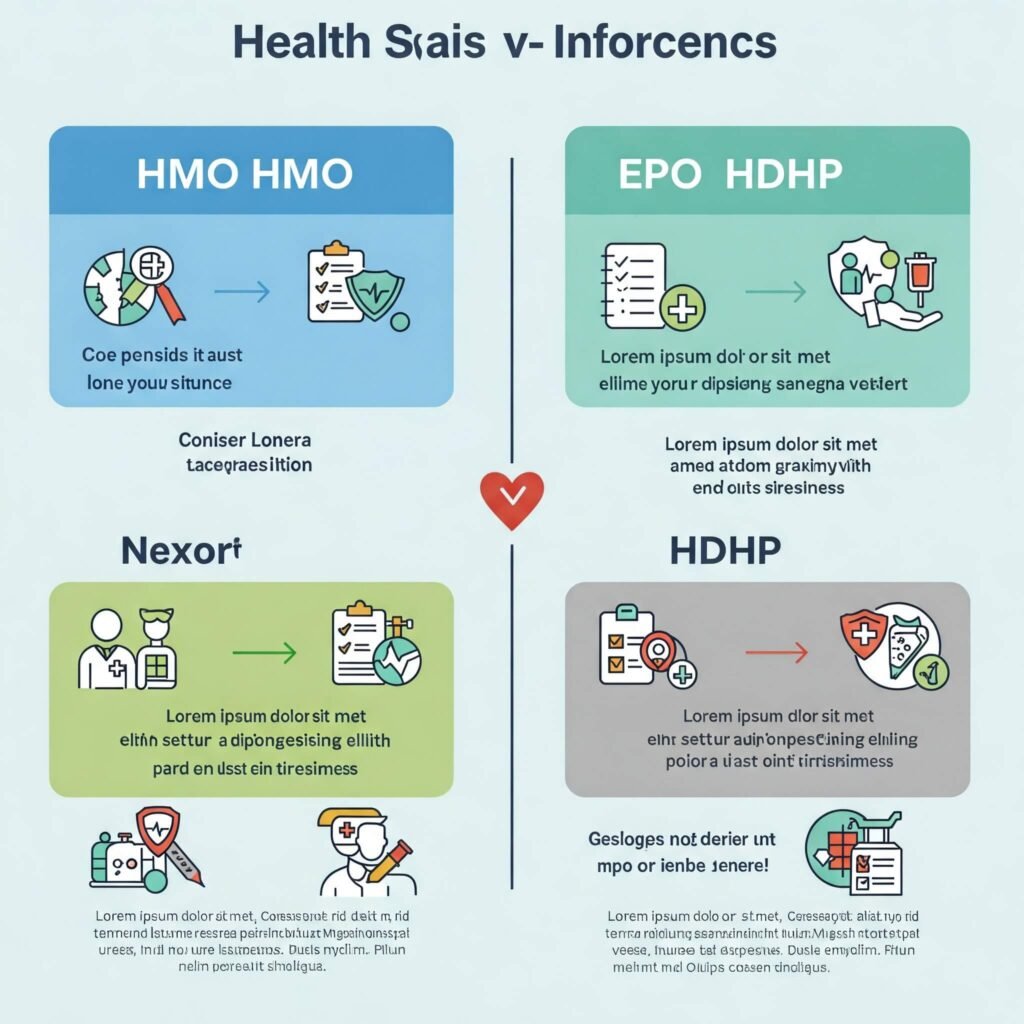Best Health Insurance Plan ain’t about skimping on protection; it’s shopping smart to dodge hikes. But honestly, I overlooked bundling at first and paid extra—lesson learned after a frantic quote spree. Pro tip from my dumb era: compare early; fixed mine in time for a $200 save. Still, these affordable home insurance moves cut my bill by 15%. Who knew?
Shop Around for Affordable Home Insurance Quotes
Shopping multiple quotes is key for affordable home insurance—don’t stick with your current provider. I compared five after my renewal notice stung; switched to State Farm for $1,200/year with better coverage. Pros: free tools like NerdWallet. Cons: time suck; I spent a Saturday hungover scrolling. Surprising: small tweaks like higher deductibles shaved $150. Use NerdWallet—trust me, beats sticking with a rip-off.

Bundle Policies for Best Health Insurance Plan
Bundling home and auto is a no-brainer for affordable home insurance—multi-policy discounts hit 10-25%. Bundled mine with Amica, saved $200/year on combined premiums. Pros: one bill, easier management. Cons: locked to one company; I switched after a claim hassle. Surprising: adds renters or life for more cuts. Check Amica—forgave my impulse bundle mid-pizza binge.
- My Rookie Tip for Affordable Home Insurance: Ask about all bundles; snagged an extra 5% for umbrella coverage.
- Why It Fit My Mess: Simplified my scatterbrain bills.
Raise Your Deductible for Affordable Home Insurance
Higher deductibles lower premiums for affordable home insurance—bumped mine from $500 to $1,000, saved $180/year. Pros: quick savings. Cons: out-of-pocket risk; I panicked during a storm scare. Surprising: builds emergency fund habit. Scope Bankrate—don’t hike too high like I almost did, $2,500 felt scary.
Install Safety Features for Affordable Home Insurance Discounts
Safety upgrades like smoke detectors or deadbolts score discounts for affordable home insurance—added a smart lock, shaved 5% off with Progressive. Pros: cheap installs, safer home. Cons: upfront cost; my $100 lock install was a DIY fail, took hours. Surprising: some insurers reimburse. Check Progressive—boosted my coverage without extra premium.

Maintain Good Credit for Affordable Home Insurance Rates
Credit affects rates for affordable home insurance—boosted mine from 650 to 700, saved $100/year with Allstate. Pros: ties to overall finances. Cons: takes time; I skipped payments once, stung. Surprising: some states ban credit checks. Use Credit Karma—monitored my score without obsessing.

Wrapping My Rant : From Premium Panic to “Okay, Covered”
Whew, spilling this while Chicago’s wind rattles my windows—feels like shaking off a bad claim. These affordable home insurance hacks didn’t erase my flops (that hail claim spike? Still bites), but they cut my bill to $1,300, saved $300 yearly, and hey, I’m not underinsured anymore.
Outbound Link: Family Health Insurance Plans




